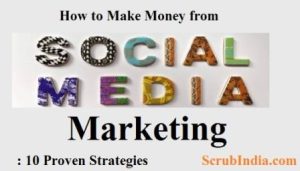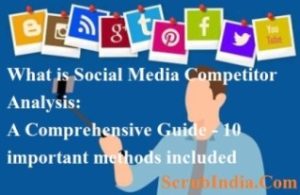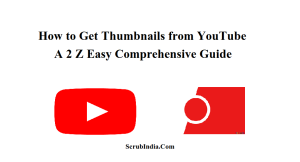The power of affordable internet advertising to drive business success in 2024
The power of affordable internet advertising to drive business success in 2024 affordable internet advertising: Staying ahead in the ever-changing business landscape often requires adopting new business strategies. With the rise of digital channels, affordable online advertising has become a game-changer for businesses looking for cost-effective yet effective ways to reach their target audience In […]
The power of affordable internet advertising to drive business success in 2024 Read More »










